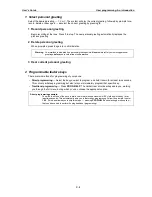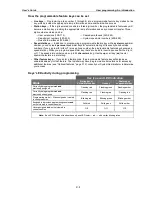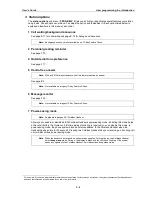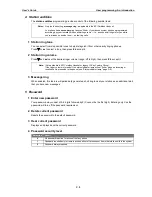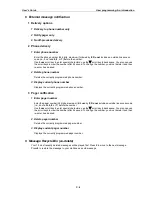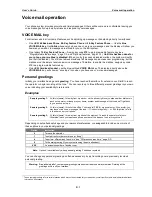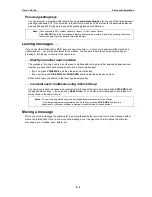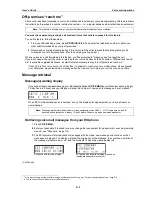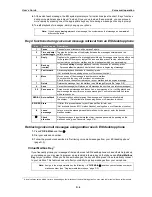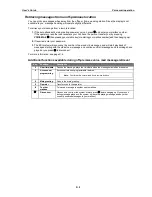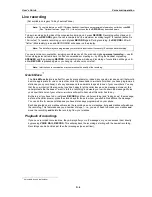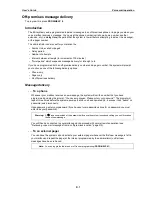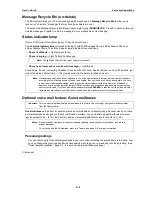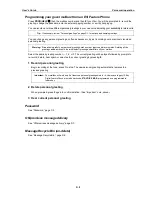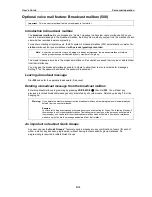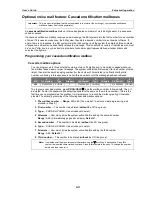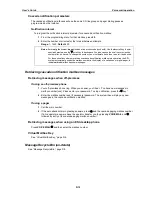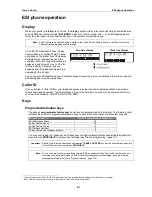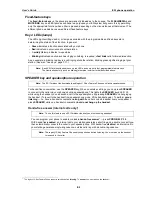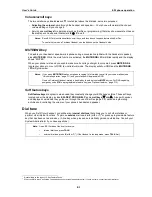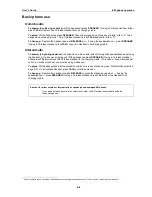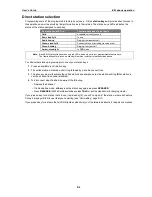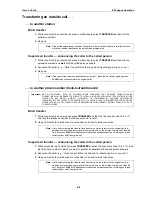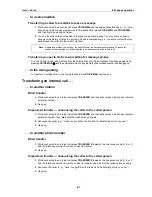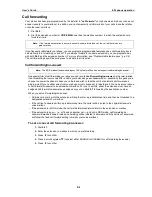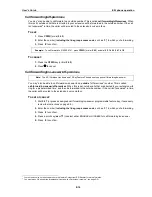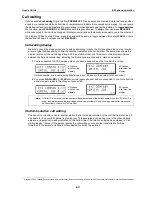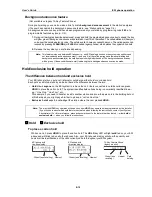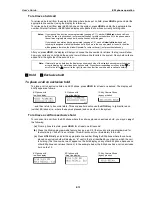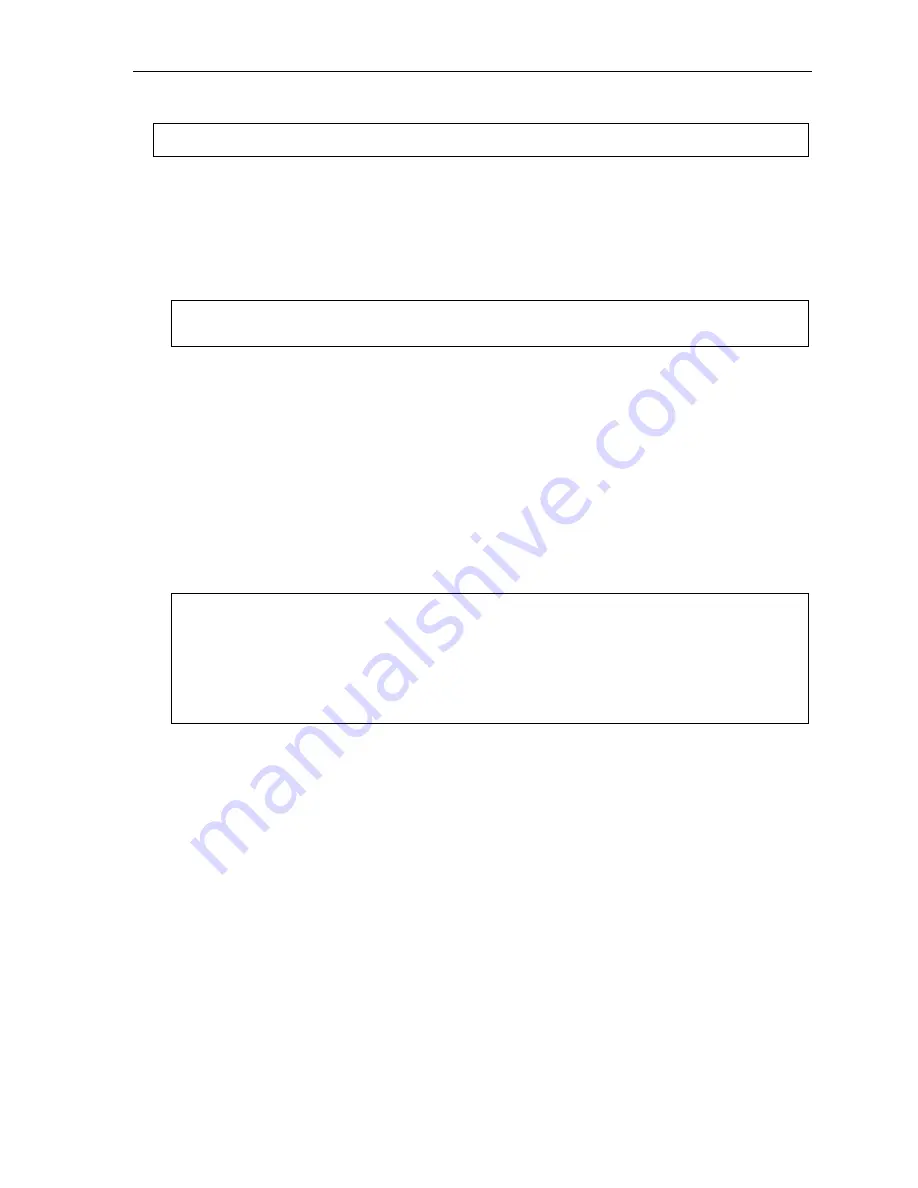
User’s Guide
Voice mail operation
D.10
Optional voice mail feature: Broadcast mailbox (500)
Important:
This is a special, optional feature not explained in the tutorial.
Introduction to broadcast mailbox
The
broadcast mailbox
lets you broadcast a “master” message to all system users’ mailboxes. When you
record a master message in the broadcast mailbox, the ESI system instantly copies it into the mailbox of each
user who has recorded a personal greeting.
For easily contacting all system users, the ESI system’s broadcast mailbox (500) automatically consists of all
station
mailboxes (not guest mailboxes)
with personal greetings recorded.
Note:
A user can only delete or save his
copy
of a broadcast message; the broadcast mailbox will retain a
saved group message until deleted by every member of the group.
The master message remains in the broadcast mailbox until all users have saved their copies or deleted them
from their mailboxes.
You may give the broadcast mailbox password to others to allow them to also record master messages.
Setting “0” as the password eliminates the password requirement.
Leaving a broadcast message
Dial
500
and enter the appropriate password (if required).
Deleting a broadcast message from the broadcast mailbox
Enter broadcast mailbox programming by pressing
VOICE MAIL
,
, then dial
500
. You will hear any
previously recorded broadcast messages not yet deleted by all system users. Delete by pressing
7
. Exit by
hanging up.
Warning:
If you delete the master message from the broadcast mailbox, all remaining copies will automatically be
deleted from the user’s mailboxes.
Example:
You have left a broadcast message reminding everyone of a meeting for Friday. The following Monday, if
the message is still in the broadcast mailbox (indicating that at least one of the persons has not deleted
the message), you can delete it from the broadcast mailbox which will delete it from all user mailboxes
who have not yet heard the message and deleted from their mailbox.
An important note about Quick Groups
Any user can use the
Quick Groups
™
feature to send a message to any combination of users (for each of
whom a station key has been programmed) without having to create specific group mailboxes. No
programming is required to initiate Quick Groups.

